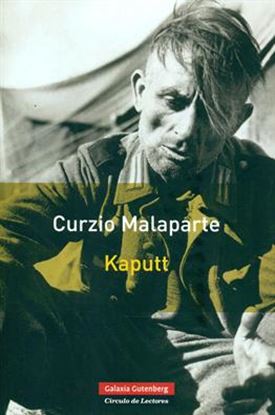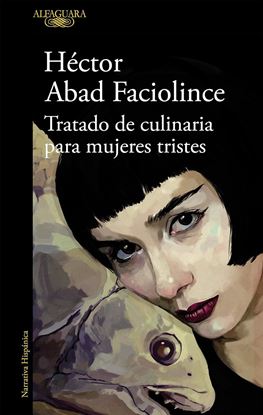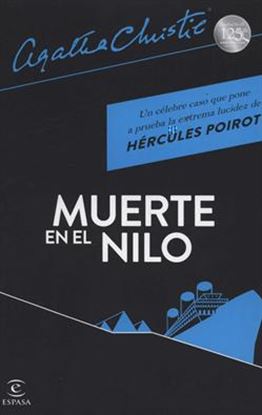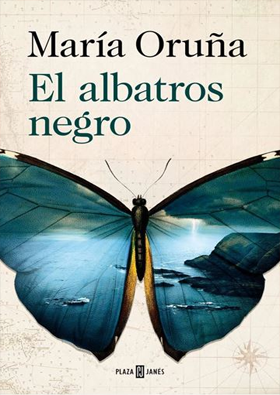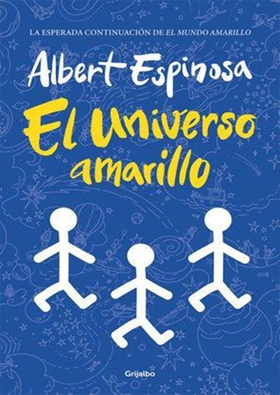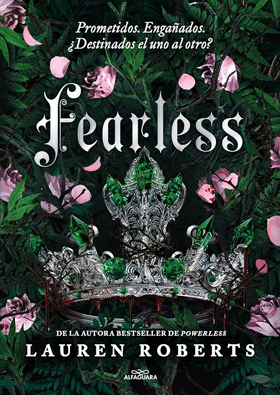

KAPUTT
Coincidiendo con el inicio de la ofensiva alemana contra Rusia, Curzio Malaparte empezó a escribir Kaputt, obra con la que pretendía recoger el testimonio de su experiencia como corresponsal de guerra durante la Segunda Guerra Mundial. Malaparte recorre la Europa ocupada por los nazis como si fuera un espía: presencia la triste impotencia del príncipe Eugenio de Suecia, se ve obligado a sobrellevar la arrogancia de los líderes nazis delegados en Varsovia y es testigo de la crudeza de los parajes de la fría Carelia o de la noble ciudad de Lasi, desolados por la barbarie y el hambre que convirtieron Europa en un montón de chatarra.
Con Kaputt —palabra germánica que evoca lo roto, lo hecho añicos, y que deviene un fiel calificativo de lo que quedó de un continente devastado por un lustro de destrucción— Malaparte teje una sobrecogedora obra literaria sobre la realidad, a un tiempo salvaje y grotesca, de la guerra en el frente.
1,250
TRATADO DE CULINARIA PARA MUJERES TRISTE
Este libro no es un tratado, no es de culinaria y, más que para mujeres tristes, parece escrito para mujeres alegres, demasiado alegres. Héctor Abad, una de las principales voces de la literatura colombiana, aborda con un humor sutil la psicología femenina, y propone lo que él mismo llama "repentinos antídotos para la pertinaz melancolía". Recetas para seducir, consejos contra el mal de amores o la soltería, remedios contra la tristeza... "¿Quién te ha dicho que se prohíbe estar triste? No dejes que te receten alegría, como quien receta una temporada de antibióticos. Si dejas que te traten tu tristeza como una perversión, o en el mejor de los casos como una enfermedad, estás perdida: además de estar triste te sentirás culpable. Y no tienes la culpa de estar triste.
1,250
GEOGRAFIAS
Pocas veces se ha conseguido como en este libro recrear con tanta ternura, con tanto sentido del humor y tanta penetración un universo cotidiano a menudo traspasado por las lanzadas del sufrimiento.
Las búsquedas poéticas y los recursos narrativos aparecen con frecuencia entrelazados en las obras de Mario Benedetti. En Geografías, libro íntegramente redactado durante su exilio español, el autor reúne catorce cuentosy otros tantos poemas, agrupados en dúos afines, colocando cada uno de esos pares bajo el resguardo de un membrete geográfico.
1,250
MUERTE EN EL NILO
Durante unas placenteras vacaciones en Egipto, el detective Hércules Poirot coincide con Linnet y Simon, unos conocidos suyos que están de luna de miel en el país de los faraones. El encanto de tan maravillosos días se rompe cuando una mañana, en el transcurso de un crucero por el Nilo, la bella Linnet aparece muerta de un disparo en la cabeza. ¿Será capaz Poirot de encontrar al asesino de la joven esposa? ¿Será capaz de discernir entre imaginación y realidad, aun estando a bordo la ex pareja de Simon, empeñada desde el mismo día de la boda en arruinar su matrimonio con la desafortunada Linnet? El misterio está servido.
1,250
EN BUSCA DE KLINGSOR
.¿Quién es Klingsor? Detrás de este nombre en clave se oculta un personaje siniestro, o quizá sólo una leyenda.Los datos disponibles indican que es un científico para quien son familiares la mecánica cuántica, la teoría de la relatividad, las partículas subatómicas, la fisión, pero ante todo, que es consejero de Hitler y responsable de las estrategias científico-bélicas del Reich, entre ellas, desarrollar la bomba atómica. Su búsqueda le es encomendada a Francis Bacon, físico teórico al que la guerra hará dejar de perseguir resultados científicos para perseguir seres humanos. Lo asiste en sus pesquisas Gustav Links, matemático que participó en un atentado fallido contra el Führer.Novela que cuestiona a la ciencia, cuyos avances pueden ser plataformas del Mal; narración de suspense en donde se vuelve ominosa la sensación de perseguir a un fantasma; relato de una época y de un mundo que no hemos terminado de conocer: todo eso es esta obra, pero también mucho más.
1,250
MARGARITA, ESTA LINDA LA MAR (PA 98)
1907. León, Nicaragua. Durante un homenaje que le rinde su ciudad natal, Rubén Darío escribe en el abanico de una niña de nueve años uno de sus más hermosos poemas: «Margarita, está linda la mar...».
1956. En un café de León, una tertulia se reúne desde hace años, dedicada, entre otras cosas, a la rigurosa reconstrucción de la leyenda del poeta. Pero también a conspirar. Anastasio Somoza visita la ciudad, en compañía de su esposa, doña Salvadorita. Estáprevisto un banquete de pompa y boato. Habrá un atentado contra la vida del tirano, y aquella niña del abanico, medio siglo más tarde, no será ajena a los hechos.
1,250


